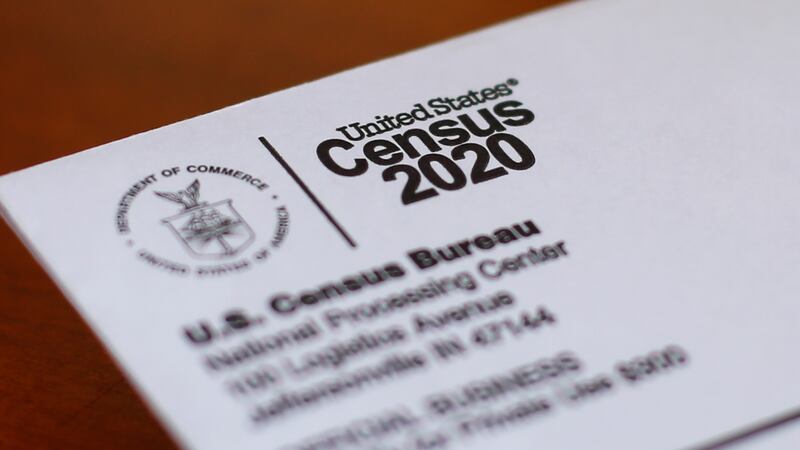The US government on Thursday indicated that residents would be able to identify as Middle Eastern or North African in the next Census in a bid to more accurately categorise the country's population.
The Census is an official recording of the US population that takes place every 10 years and future federal documents will include the new reporting category in a reformulated, combined section that does not separate race and ethnicity.
“The revision of the standards is a major accomplishment,” Arab American Institute executive director Maya Berry said in a statement after the publication of the change.

“The new standards will have a lasting impact on communities for generations to come, particularly Arab Americans, whose erasure in federal data collection will finally cease.”
Most people of Middle Eastern or North African heritage in the US have, until now, been advised to identify as “white” on forms that ask for their race or ethnicity.
But many in the community say this does not allow for an accurate reflection of the population.
The addition of the form of identification has been in the works for decades, with the Arab American Institute first starting work with the Census Bureau in the late 1980s.
The bureau has been researching and testing the addition of the category since the early 2010s.
“The use of a distinct Middle Eastern or North African category appears to elicit higher quality data for people who would identify with Mena,” the department said in a 2015 presentation:
It found in the 2020 Census, when residents were asked to elaborate on their backgrounds, that 3.5 million residents of the US identified as Middle Eastern or North African.
In addition, it found that Lebanese, Iranians and Egyptians represented 46.9 per cent of the population who claimed roots in the region.
“For the first time, Arab Americans will be made visible – not just on the decennial census, but in all federal data that collects race and ethnicity and that is historic,” Ms Berry said.
But the institute said it was disappointed that the change did not include black Arabs or Armenian Americans, saying that their omission takes away from the diversity of the community.
The update was announced in a Federal Register notice published for the public before its official publication on Friday.
It also detailed changes to formatting that will allow people to select more than one category in a box combining questions on race and ethnicity. The two questions used to be separate.
“These updated standards will help create more useful, accurate and-up-to date federal data on race and ethnicity,” Karin Orvis, chief statistician of the US, said in a statement issued by the White House.
“These revisions will enhance our ability to compare information and data across federal agencies, and also to understand how well federal programmes serve a diverse America.”
The next Census is scheduled for 2030.






